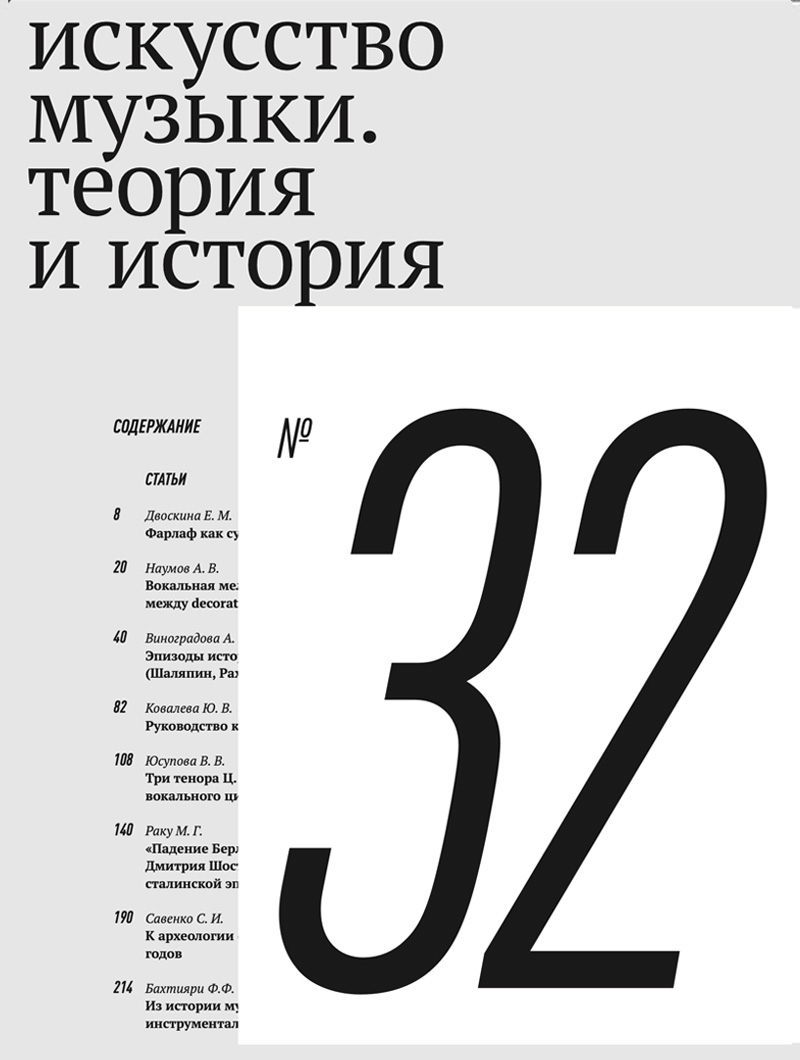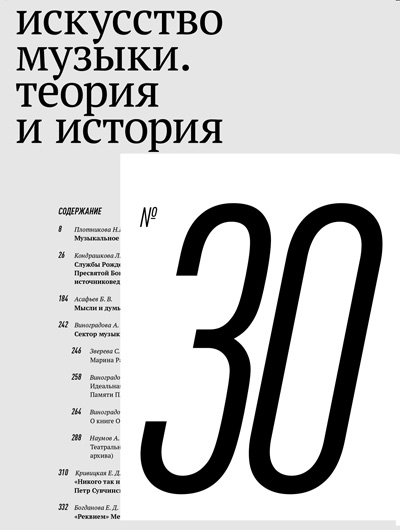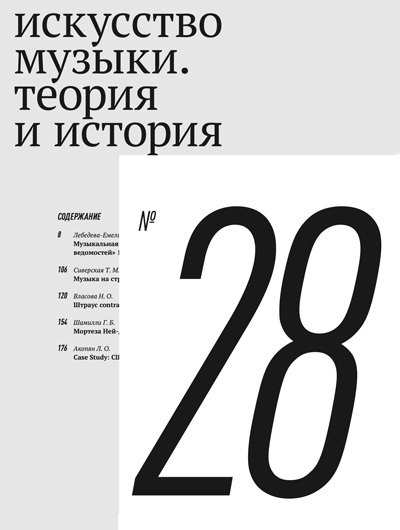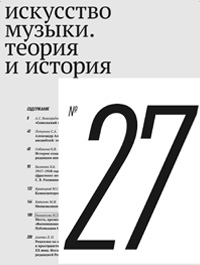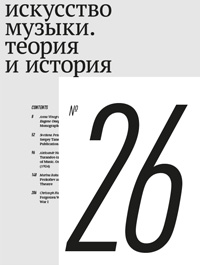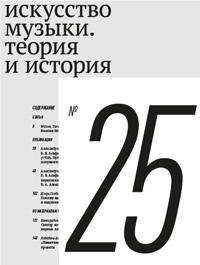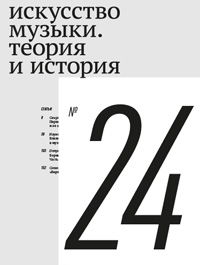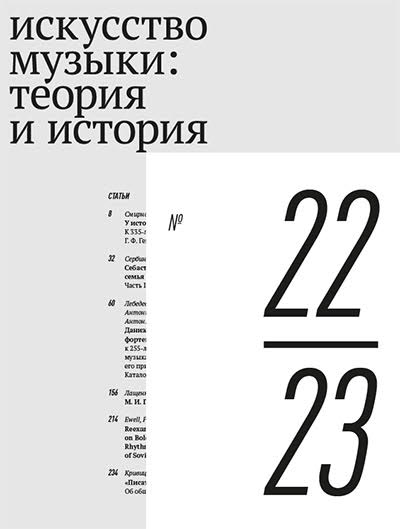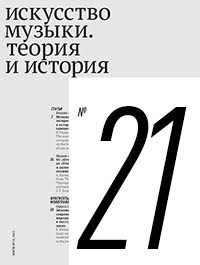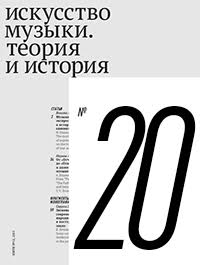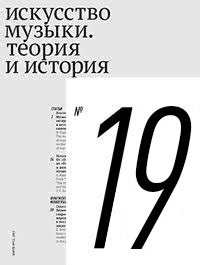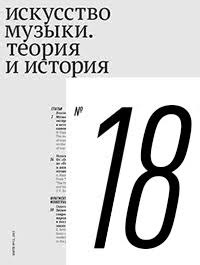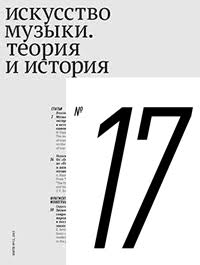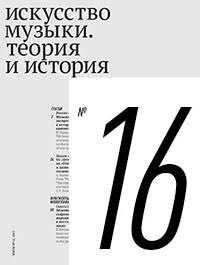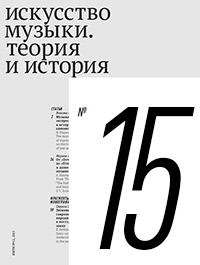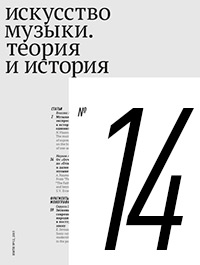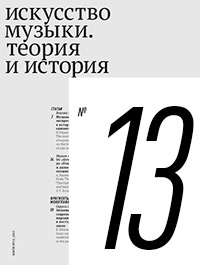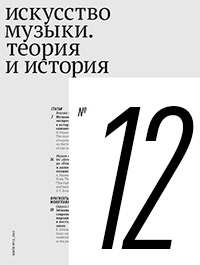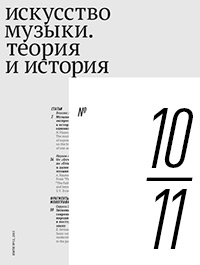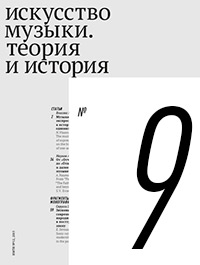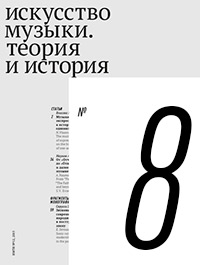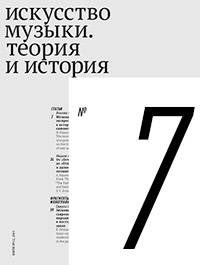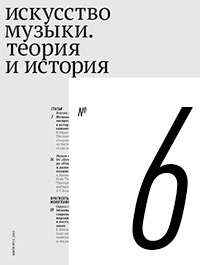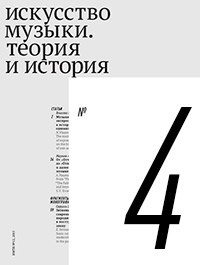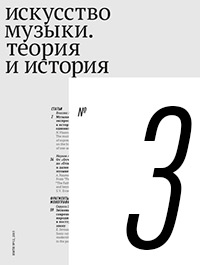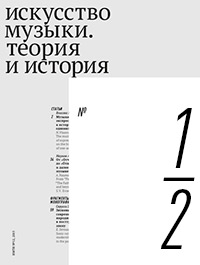2018 № 19
The article traces the history of performances of Pergolesi’s Stabat Mater in Aleksey L’vov’s arrangement for two solo voices, choir and large orchestra (1831) in Russia and Europe. The features of the Russian version of the European composer’s work are analyzed. A hypothesis on the relation between the work’s fortune and the commission to compose the Russian national anthem, given to L’vov by Tsar Nicholas I, is put forward. The possible influence of L’vov’s ideas on European musical practice and on Wagner is discussed.
Preserved in the collection of the Moscow Museum-estate Ostankino, an anonymous portrait of an unknown musician at the harpsichord (also known as a portrait of the composer Yevstigney Fomin) for a long time has been a matter of a special interest for Russian 18th century music and painting researchers. Our recent study of the music line written down on the canvas has made it possible to reveal some unique handwritten sources containing the tune from the picture in music libraries of Europe and USA in versions for different instruments. Despite the fact that the identity of the pictured musician cannot be established decisively, new data allows us to make some assumptions about the origin of this mysterious portrait and to clarify the circle of possible sitters.
The article reflects its author’s long-standing interest in the investigation of Rakhmaninov’s harmony and orchestration. Trying to establish the priorities and historical continuity in connection with the use of some theoretical terms and notions, the author had to enlarge the scope of bibliographical sources by students’ writings (term papers, degree works), which are usually disregarded in scholarly literature. Having studied the whole body of texts enumerated in the supplements to the present article, the author comes to conclusion that the time for a generalizing fundamental study of Rakhmaninov’s musical style has not come yet.
The article deals with the figure of E. A. Stark – a remarkable music and theatre critic, historian of opera productions at the Russian Imperial Theatres, author of biographical essays on the singers who were active at the Imperial Theaters during the second half of the 19th and the early 20th century. New data on his life, articles and books, as well as rare photos are presented. Though E. A. Stark’s life and activity was strongly affected by the fateful turning point of 1917, the cultural tradition of theatre and music criticism of the Russian Silver Age persisted in his works until the very end.
On the occasion of its 25th anniversary, the Tchaikovsky Society in cooperation with the University of Tübingen organized an international symposium devoted to the analyse of Tchaikovsky’s music (“Tchaikovsky Analyses – new strategies, methods and perspectives”). The review of the symposium papers is accompanied by a brief description of the activities of the Society, as well as some observations on the status of analytical studies of Tchaikovsky’s work in Germany and Russia.
The present publication of the catalogue of materials from the Russian-language Belgrade newspaper Novoe vremya (‘New Time’) of 1922 opens the project ‘Writing on Music in Russian Diaspora: an Annotated Catalogue of Articles Published by Russian-Language Press Abroad’.
The catalogue embraces the entire available information on Stepan Anikievich Degtyarev’s church concertos. Links to the editions of his newly discovered works, to audio and video recordings, as well as to bibliographical materials are provided. Each work is described in detail; the incipits of all concertos are given.
